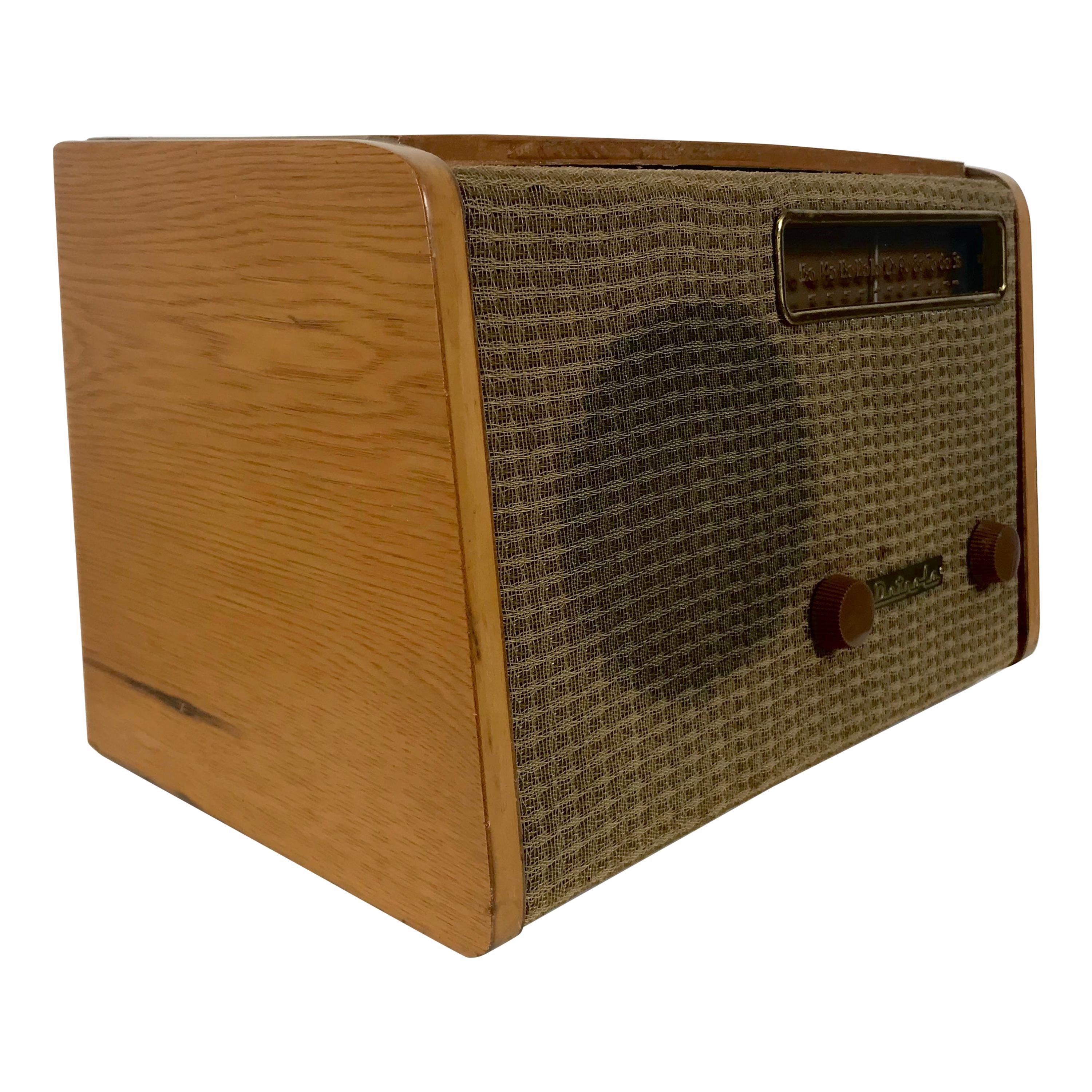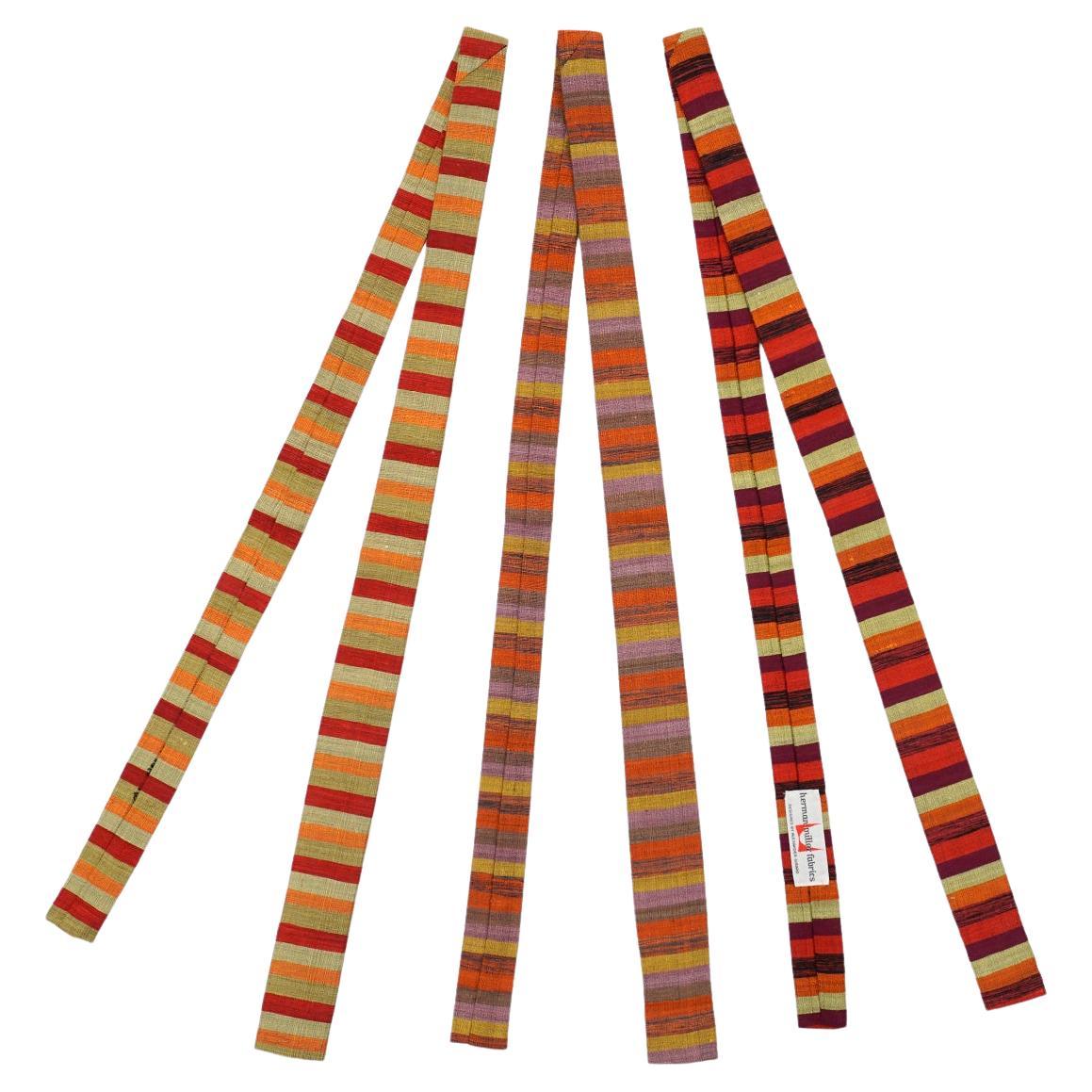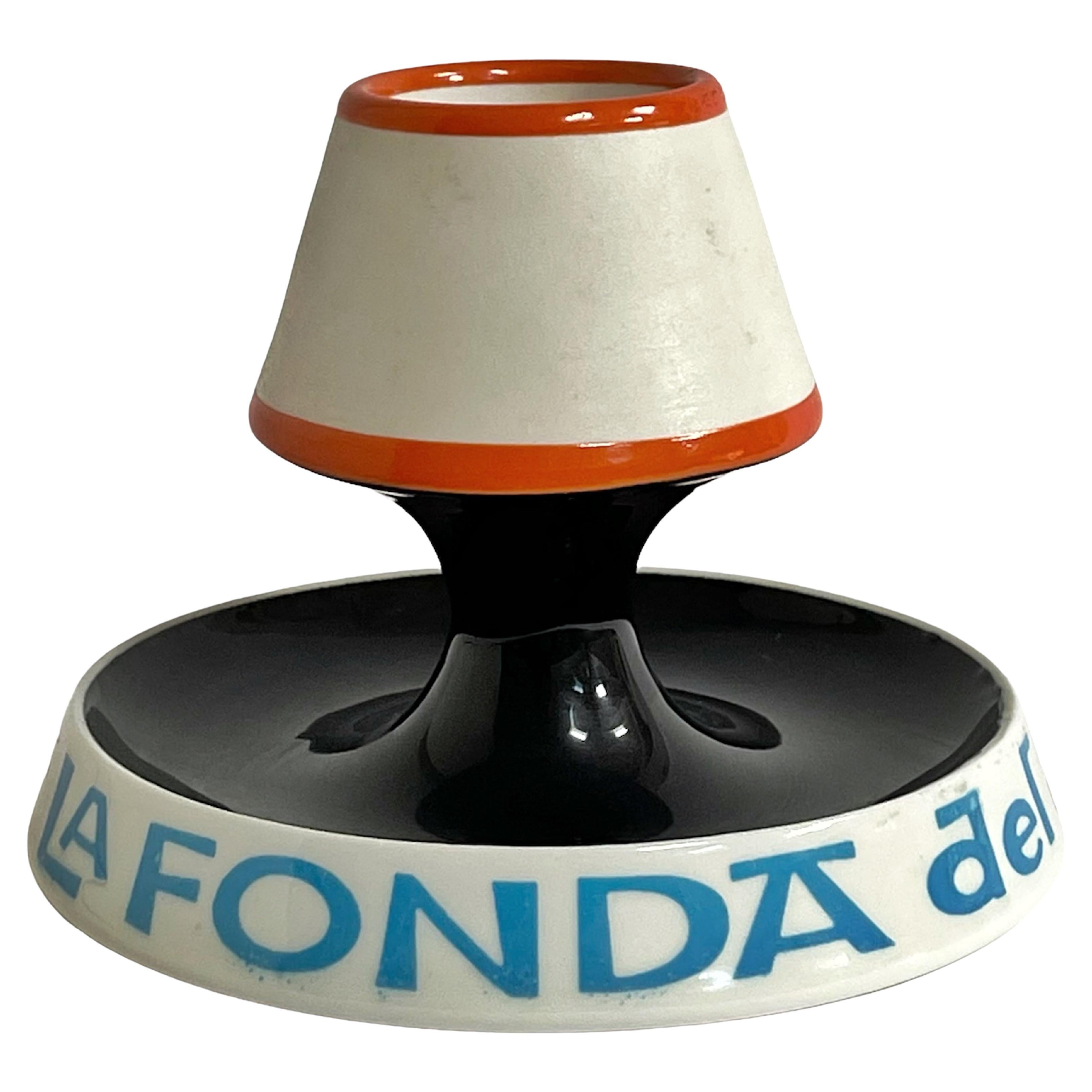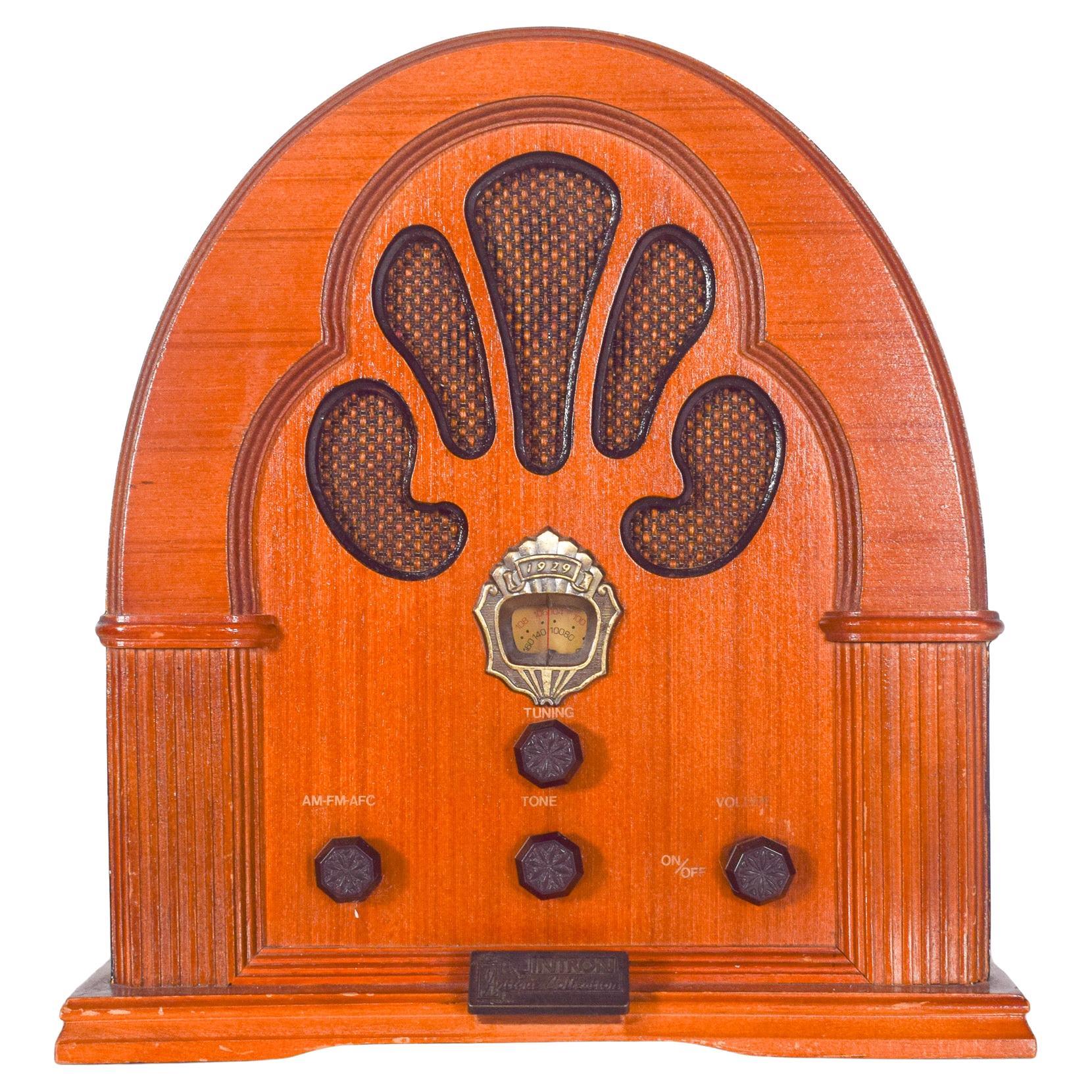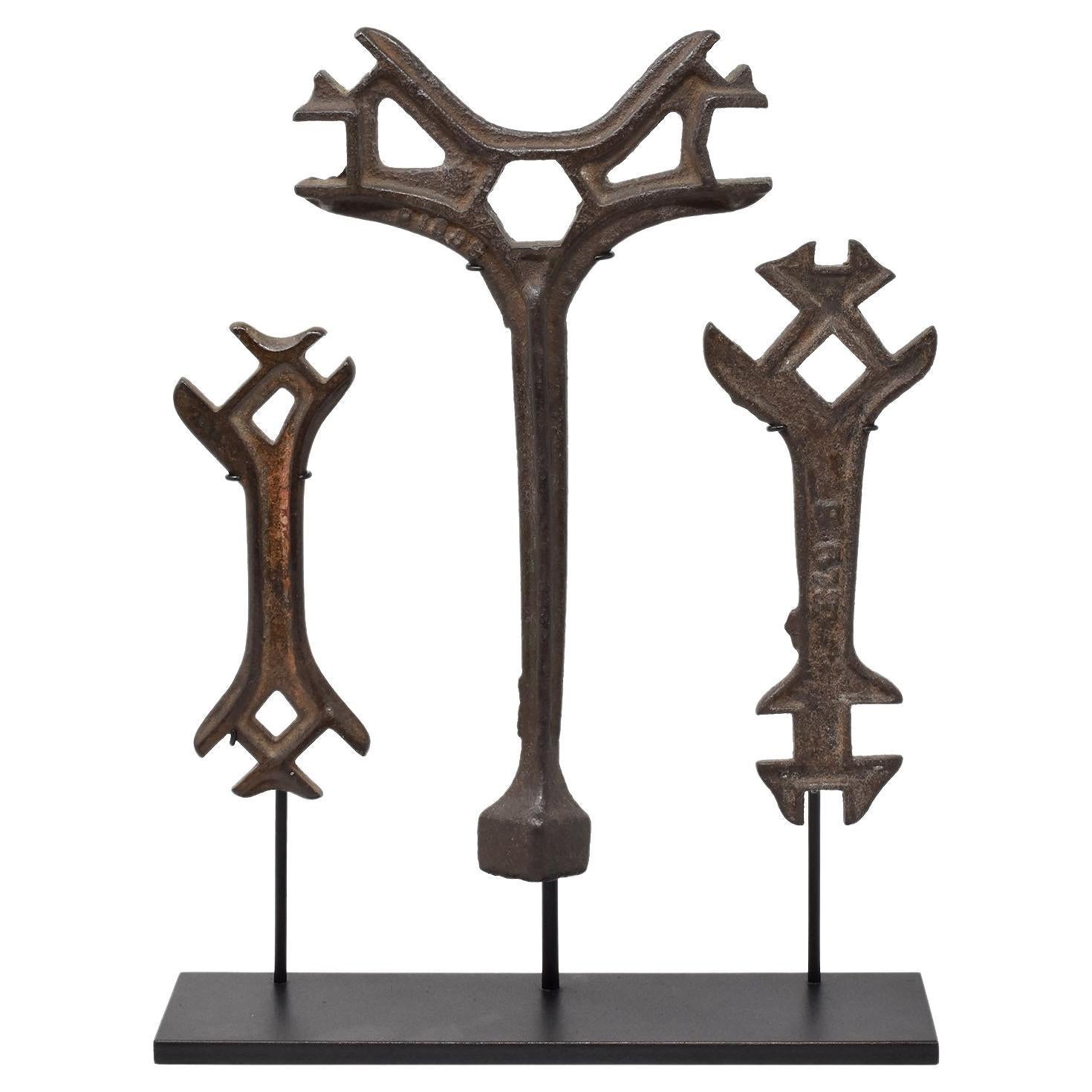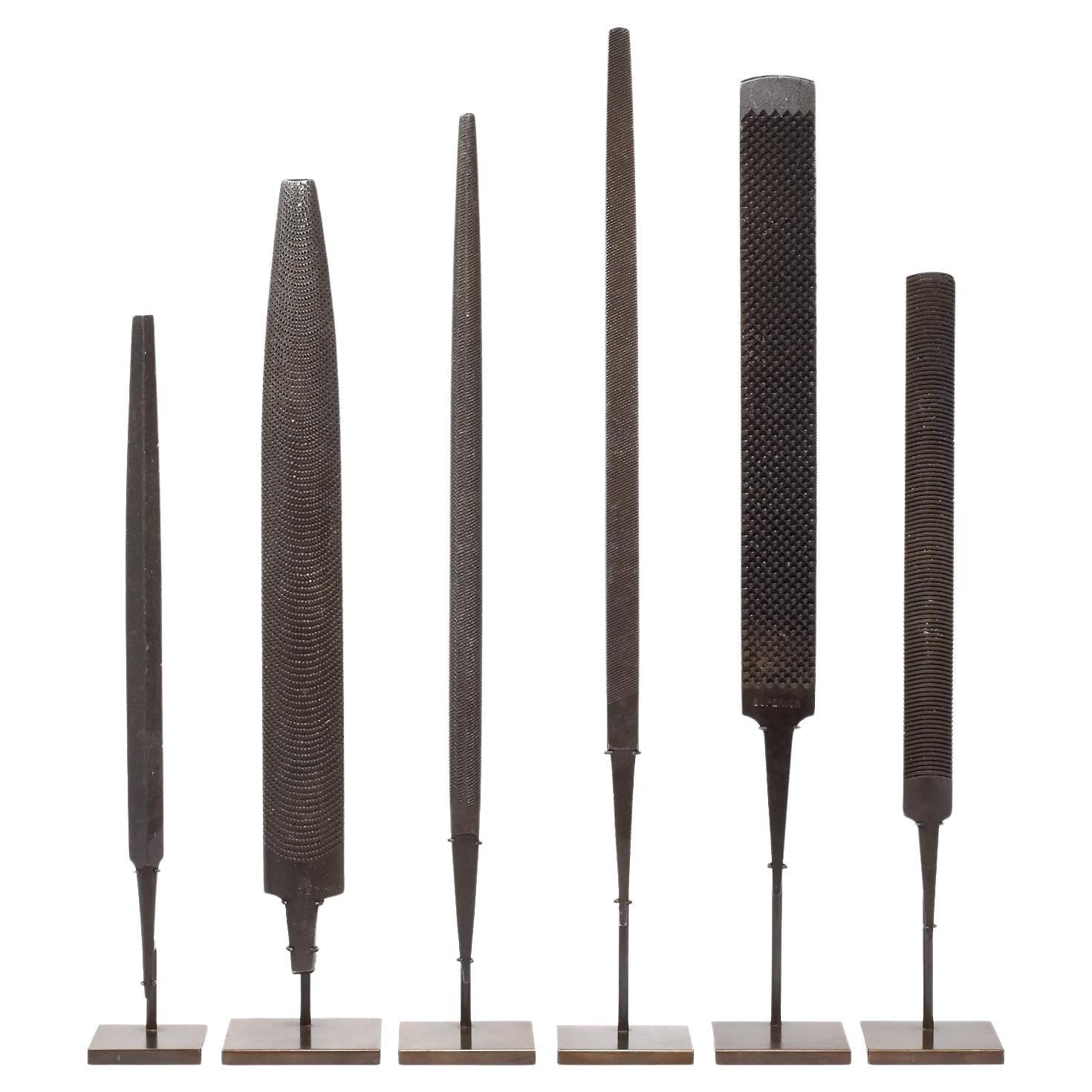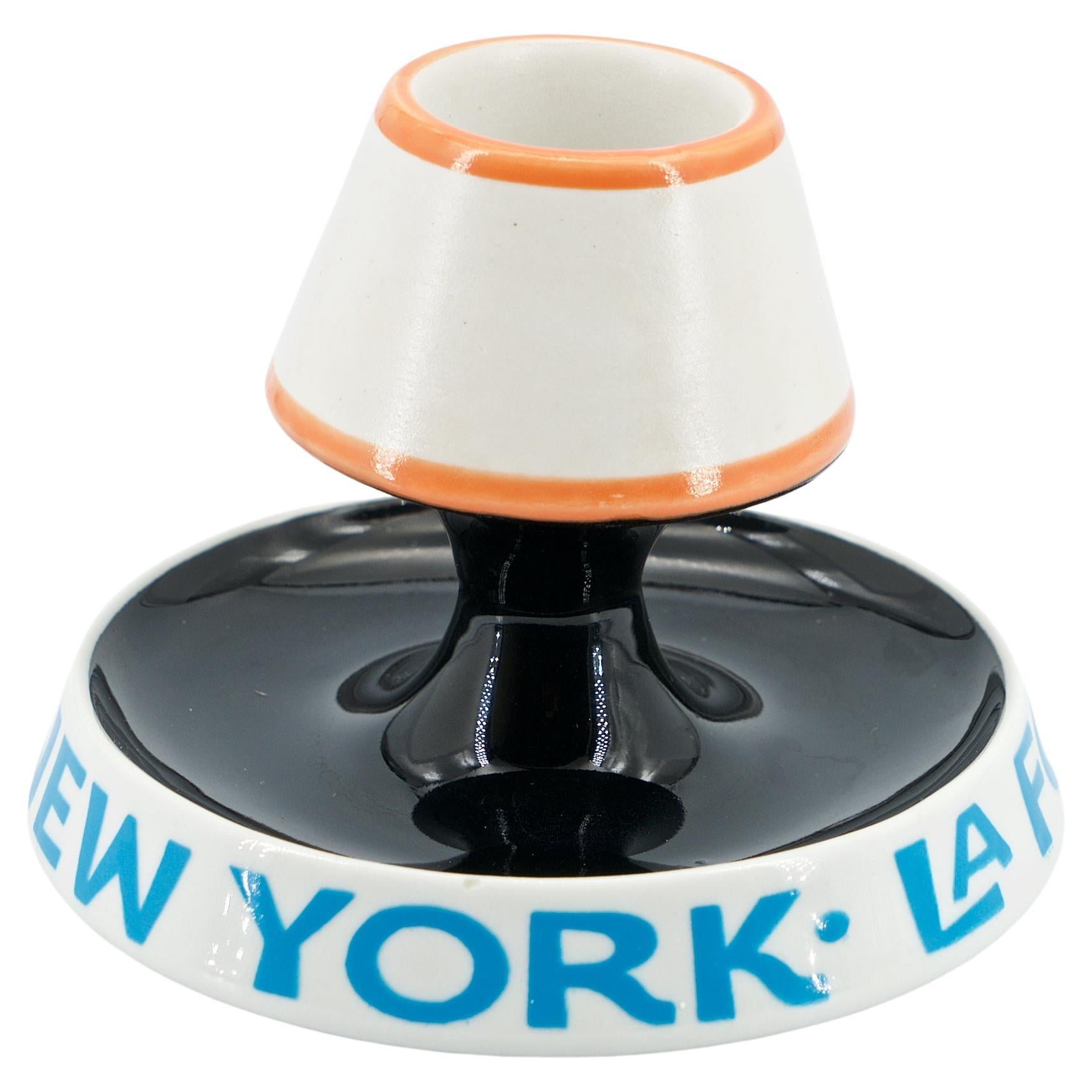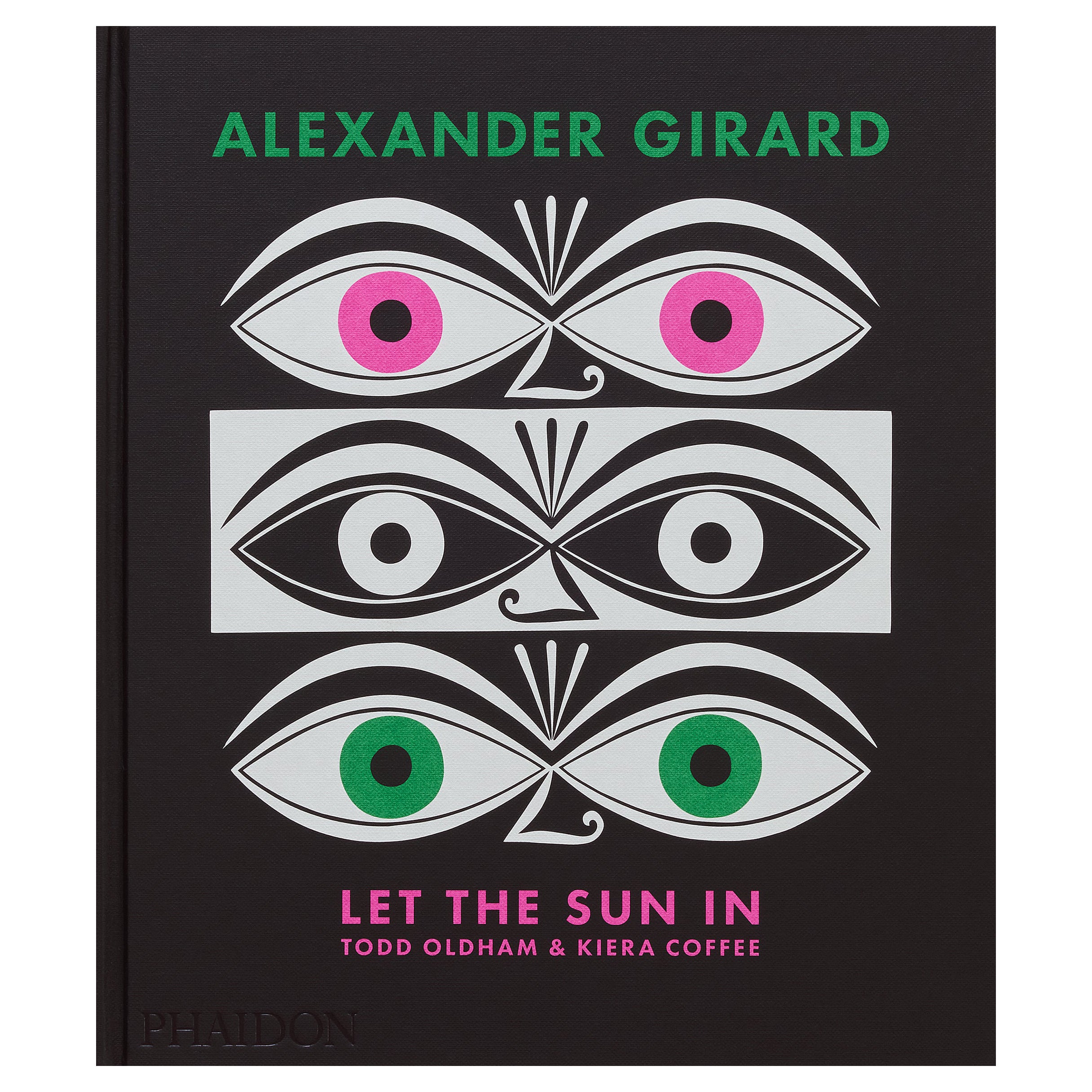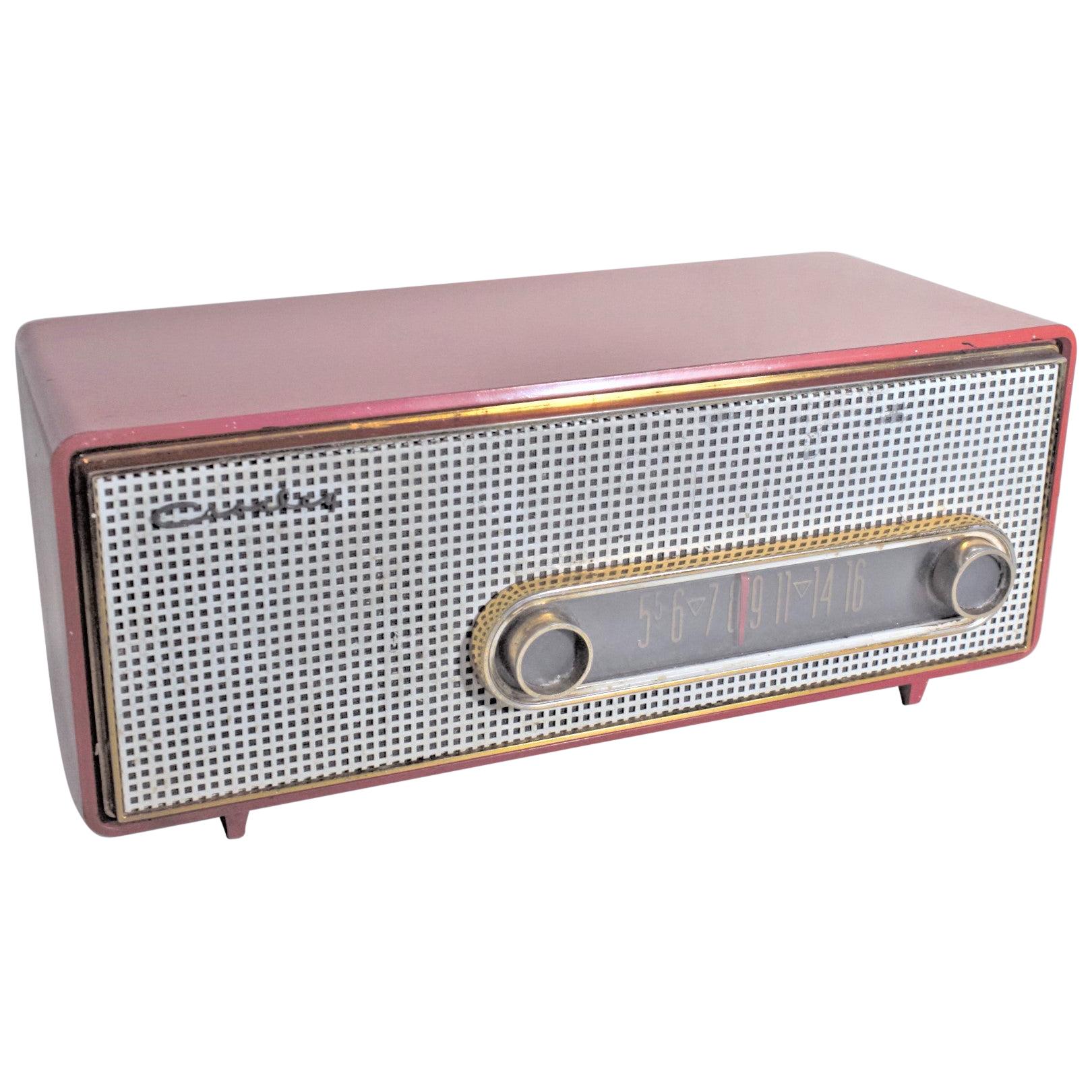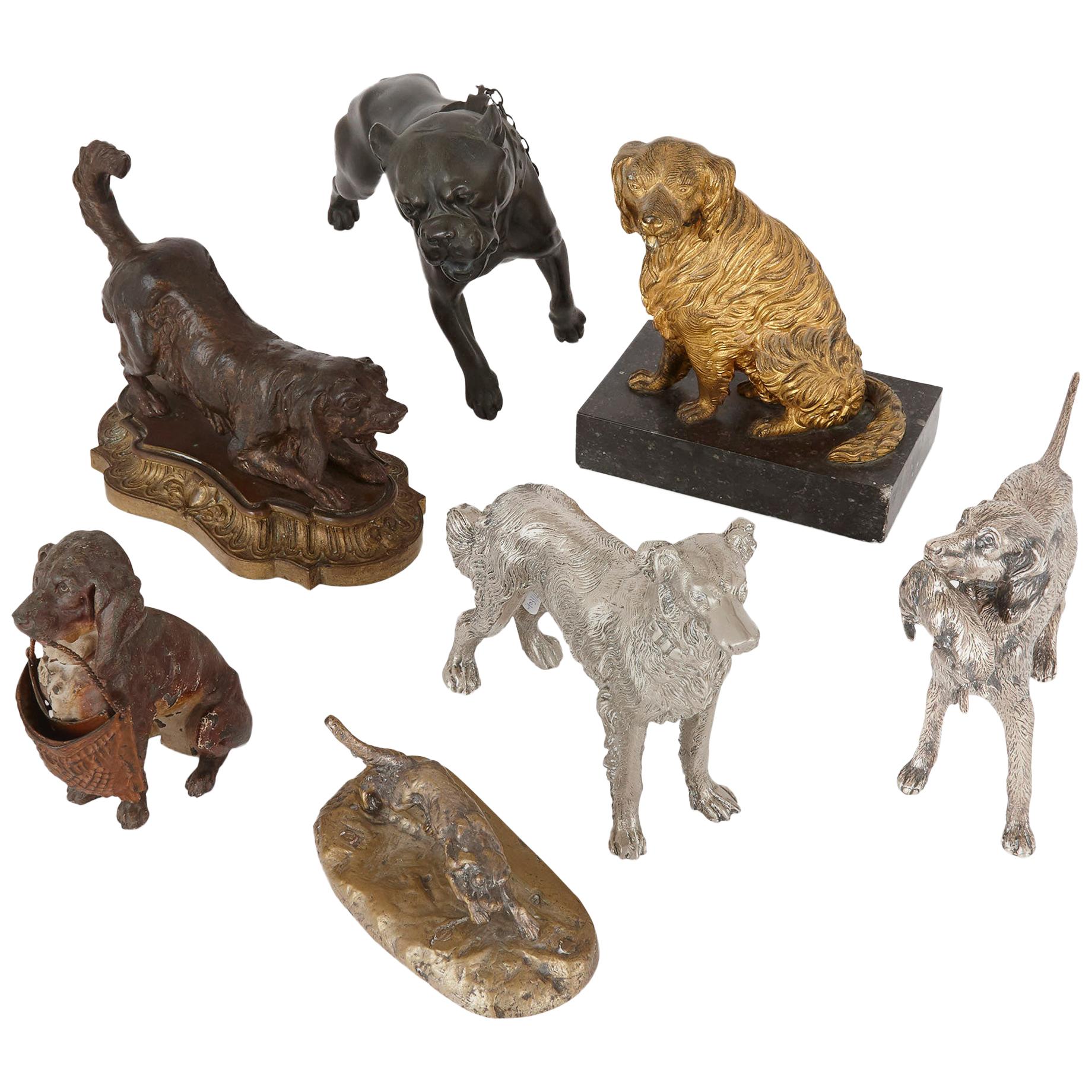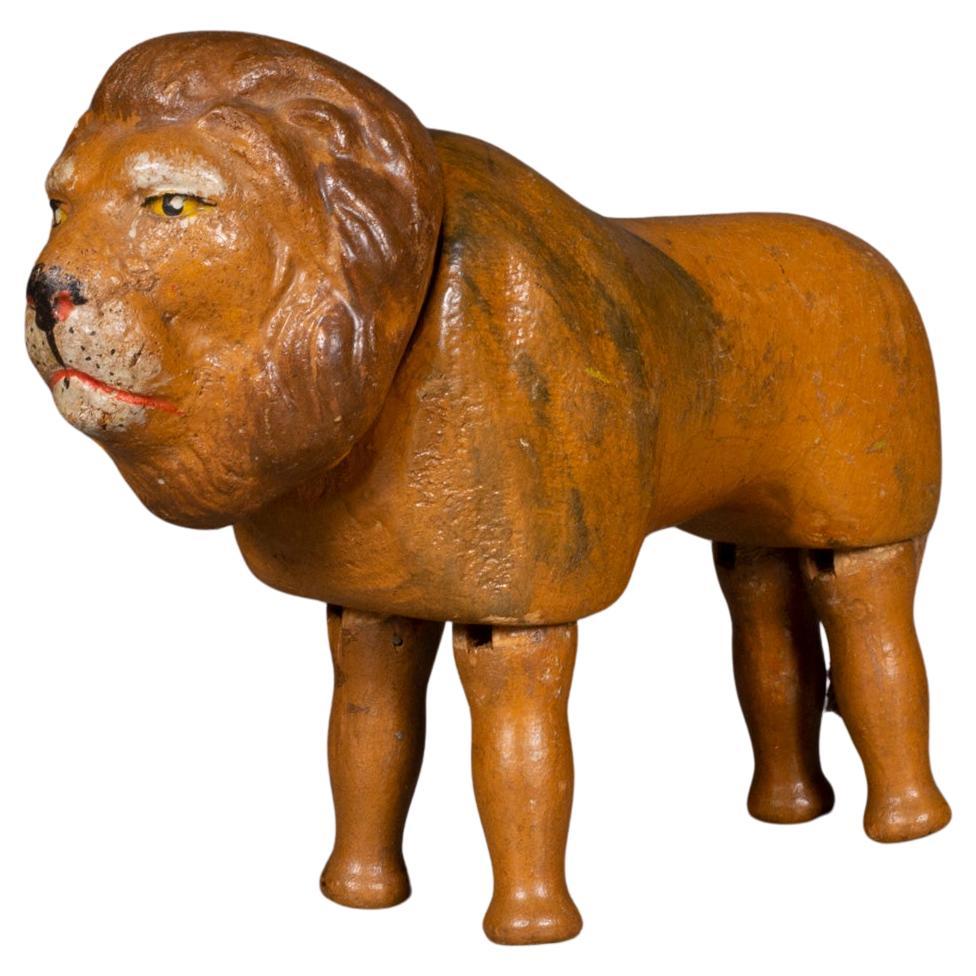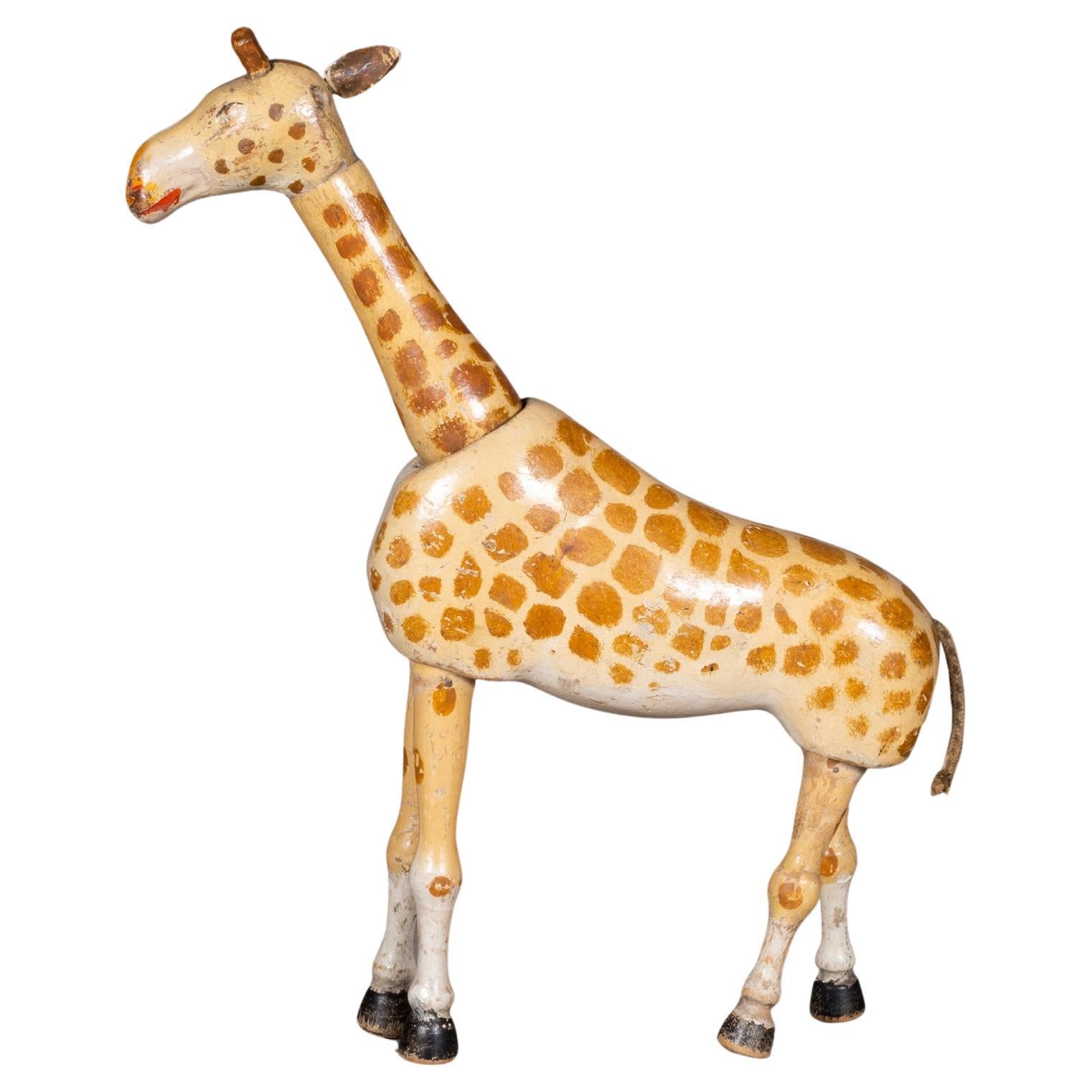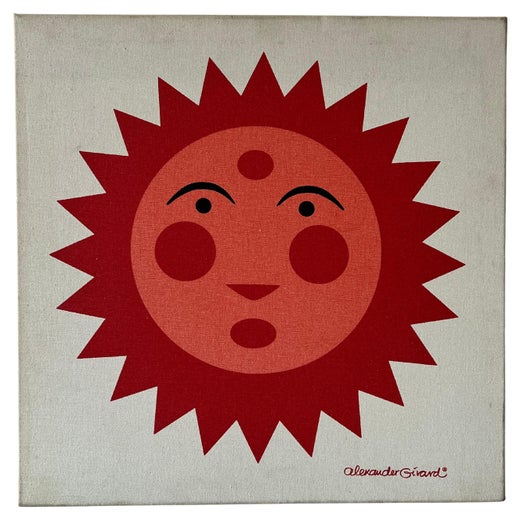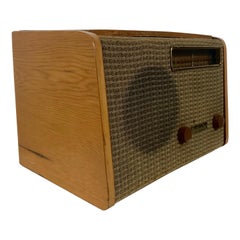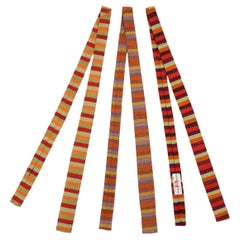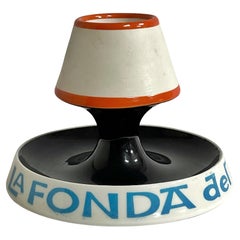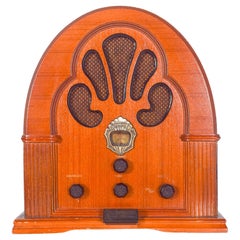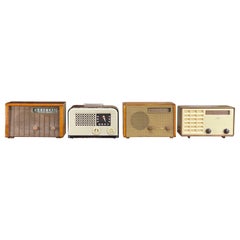
Collection of Vintage Antique Alexander Girard Radios
View Similar Items
Collection of Vintage Antique Alexander Girard Radios
About the Item
- Creator:Alexander Girard (Designer)
- Similar to:Raymond Lowey (Designer)Dieter Rams (Designer)Charles and Ray Eames (Designer)Crosley Radio (Maker)
- Dimensions:Height: 8 in (20.32 cm)Width: 13.25 in (33.66 cm)Depth: 7 in (17.78 cm)
- Sold As:Set of 4
- Style:Mid-Century Modern (Of the Period)
- Materials and Techniques:
- Place of Origin:
- Period:
- Date of Manufacture:1940s
- Condition:Wear consistent with age and use. original condition, various wear, see description. three work, one doesn't.
- Seller Location:Framingham, MA
- Reference Number:Seller: Alexander Girard radios 1stDibs: LU5486233333592
Alexander Girard
The director of design for the textiles department at Herman Miller, Inc., from 1952 to 1973, mid-century modern visionary Alexander Girard introduced bright, bouncy colors to upholstery and drapery fabrics, created jaunty graphics for marketing and advertising materials and devised motifs for everything from textiles to ceramics based on his true love: folk art from cultures around the globe.
The son of an American mother and an Italian father, Girard (known as Sandro to his friends) was born in New York City in 1907 but raised in Florence. He came from a creative family — his father was a master woodworker — and Girard began drawing and making his own playthings as a youngster. He had a fascination for nativity crèche tableaux, an enthusiasm that likely was the germ for his later interest in folk art. He went on to earn degrees in architecture at schools in both Rome and London before returning to New York in the 1930s and working in interior design.
By the 1940s, he and his wife, Susan, had moved to Detroit, where Girard was head of design for Detrola, a firm specializing in tabletop radios. The elegant bentwood housings that he developed for the devices won him acclaim, but, more importantly, at Detrola he met Charles Eames. The two became lifelong friends, and it was Eames who drew Girard toward Herman Miller, which had no dedicated textile department until Girard arrived, and most of its furniture was upholstered in mundane, “safe” hues. Girard changed all that, introducing fabrics in vivid shades of red, orange, yellow and blue. His early designs incorporated geometric motifs — stripes, circles, square, triangles and such. But toward the end of the 1950s he began to introduce folk art themes into his designs.
Girard did not collect important or expensive folk pieces. Rather he was drawn to simple objects such as handmade toys, figurines and models of animals, buildings and plants. The fabrics that emerged had whimsical, lighthearted motifs depicting, for example, angels, children, birds and flowers. Toward the end of his term with Herman Miller, in an effort to achieve what he termed “aesthetic functionalism,” Girard produced a group of what he called “Environmental Enrichment” pieces — silk-screened cotton panels emblazoned with various graphic designs, from bold geometric patterns to folk art themes. They were meant to divide spaces in offices or the home in lieu of walls while simultaneously functioning as art. Today, panels of vintage Girard upholstery textiles have become premium collectibles. The designer's furniture is less well known, primarily because most of it was created for private commissions.
Girard’s most lasting contribution may be his folk art collection. He and Susan had begun gathering pieces shortly after their marriage, in 1936. By the 1970s, they had amassed the world’s largest collection of cross-cultural folk art, composed of more than 100,000 pieces from around the world. The Girards donated their holdings to the Museum of International Folk Art, in Santa Fe (where they had moved in the ’60s), quintupling the institution’s collection, and a new wing — named for the Girards — had to be built to hold it.
Find a striking range of vintage Alexander Girard seating, tables, textiles and other furnishings on 1stDibs.
You May Also Like
Vintage 1940s American Mid-Century Modern Musical Instruments
Brass
Vintage 1960s American Mid-Century Modern Historical Memorabilia
Silk
Vintage 1960s American Mid-Century Modern Tobacco Accessories
Porcelain
Mid-20th Century Portuguese Mid-Century Modern Musical Instruments
Metal
Early 20th Century American Other Mounted Objects
Steel
20th Century American Other Mounted Objects
Steel
Recently Viewed
View AllRead More
The 21 Most Popular Mid-Century Modern Chairs
You know the designs, now get the stories about how they came to be.
A Guide to Herman Miller’s Most Iconic Furniture
The prolific manufacturer has partnered with many of the world’s top designers since opening its doors in 1923. Here are some of the company’s greatest hits, which helped transform the American home and office.
